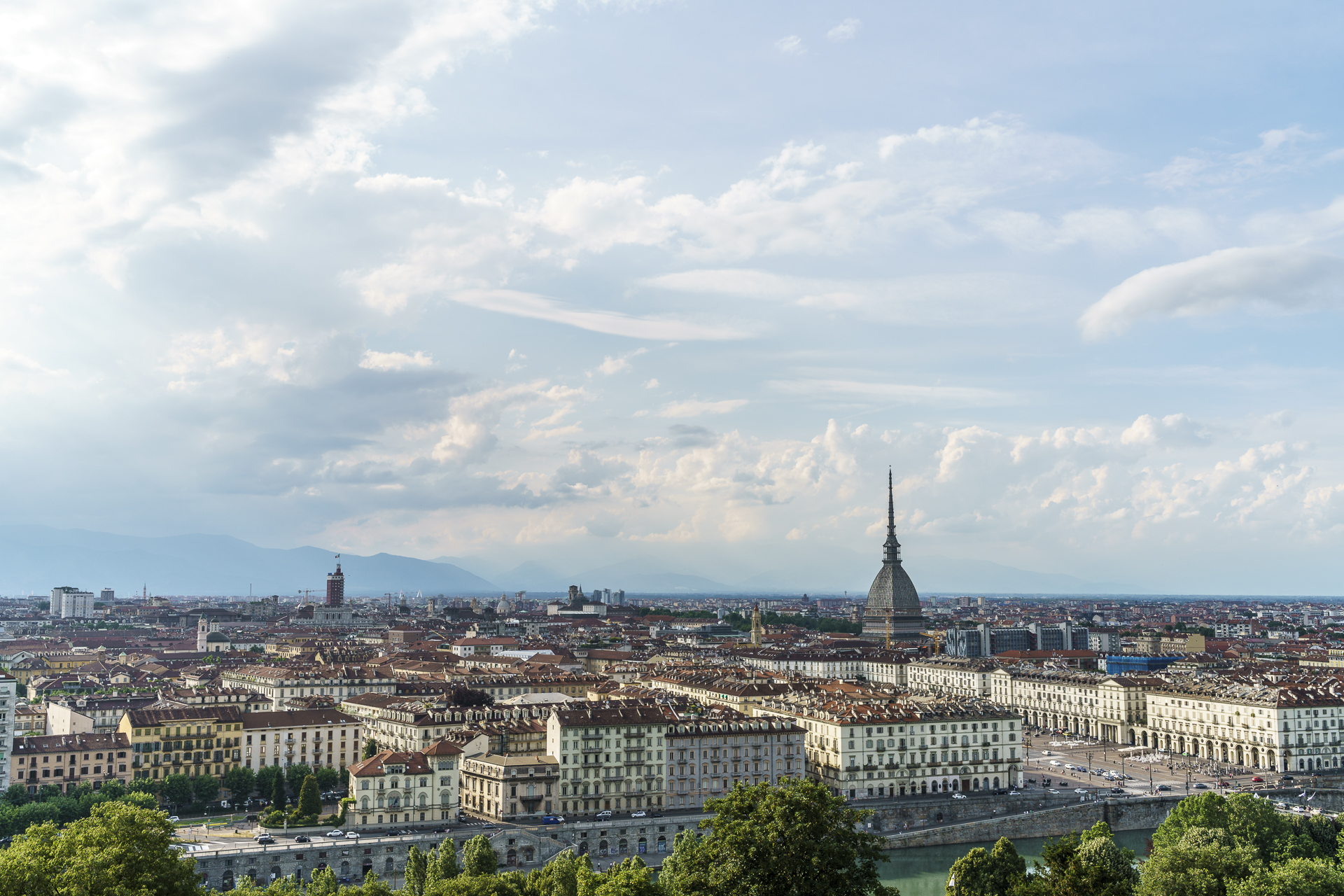
5 tips and sights for your trip to Turin
Equipped with a latte macchiato “to go” and amaretti, we quickly head for the platform with the waiting train to Milan. It’s Pentecost Saturday and the train is filled to capacity. Luckily, a week before the planned trip, it occurred to me that demand will be high over the holidays and I’d better not wait until the last minute to buy tickets. 4 hours and 46 minutes later we arrive in Torino Porta Nuova. Behind us lies an entertaining journey with a transfer stop in Milan and ahead of us a long weekend of “Dolce Vita” in the former capital of Italy awaits us – and fortunately one – that has not yet been “overrun” by tourists.
#1 The most beautiful viewpoints
Although we had chosen the wrong weekend for this. When we definitely decided to go on a city trip to Turin over Pentecost, we didn’t know that Juventus Turin would play the Champions League final against Real Madrid that weekend. Although the final match took place in England, almost 30,000 Juventus fans made the pilgrimage to Turin this weekend and cheered on their team at the public viewing in Piazza San Carlo – an event with a tragic ending. Luckily, we were only on the piazza for a short time (there were clearly too many people for me), but the next morning we saw the chaos of mass panic left behind and were deeply dismayed! The detour to Monte dei Cappuccini created distance. In front of the church of Santa Maria, which was built in a slightly elevated position above the Po River, there is a great viewing platform with phenomenal panoramic views over the city center. The whole thing costs nothing (with the exception of a few meters of altitude).
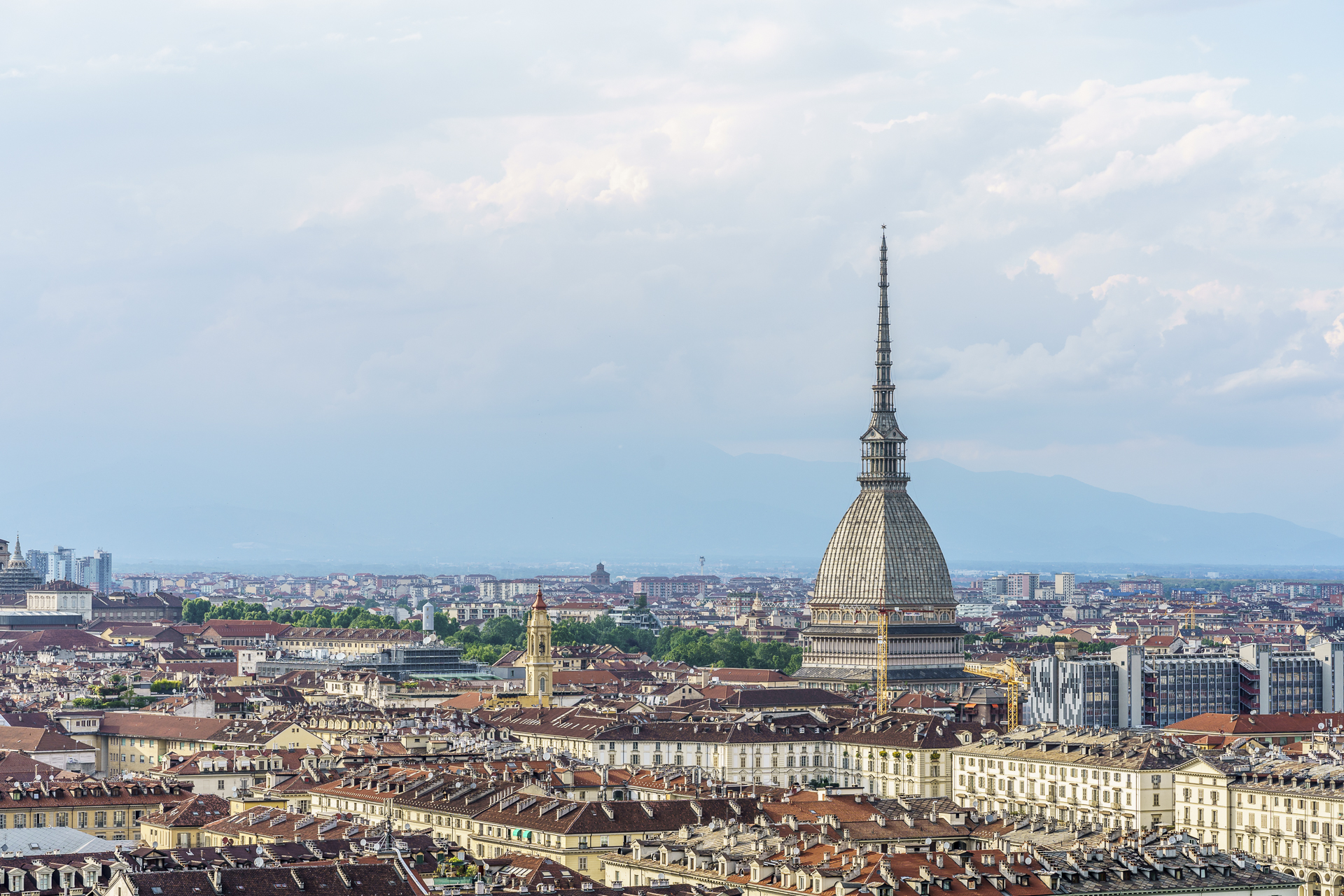
Far more patience and money were required for the detour to Turin’s landmark. The Mole Antonelliana is an idiosyncratic structure. The tower was built in the second half of the 19th century and, with a height of 167.50 m, was considered the second tallest walk-in building in the world when it was completed. Today, the Mole Antonelliana houses the Museo Nationale del Cinema. If you want to take the lift up to the viewing platform (the lift ride in the glass lift is an experience in itself), you should ideally book your ticket online in advance. We waited a whole two hours until it was finally our turn.
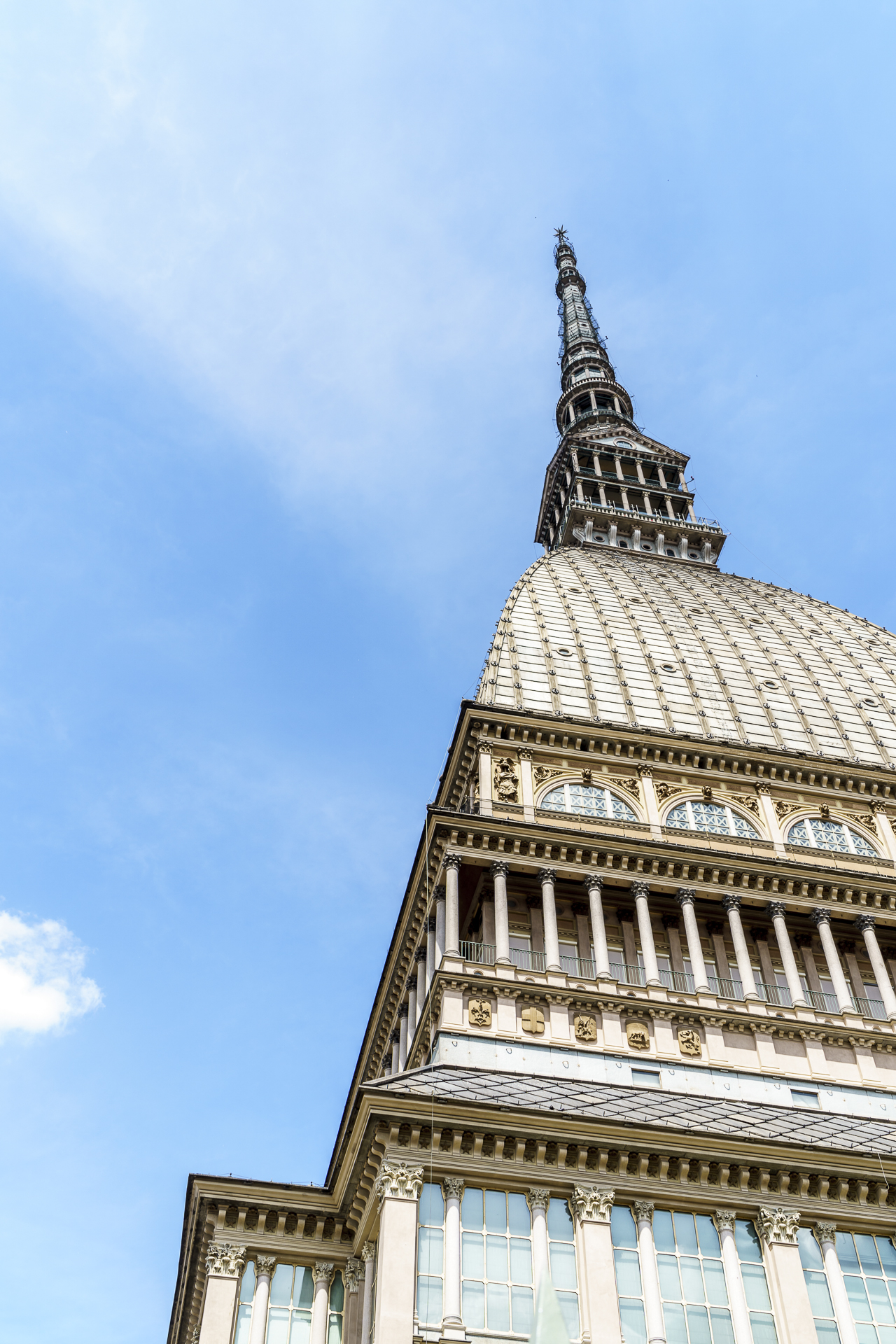
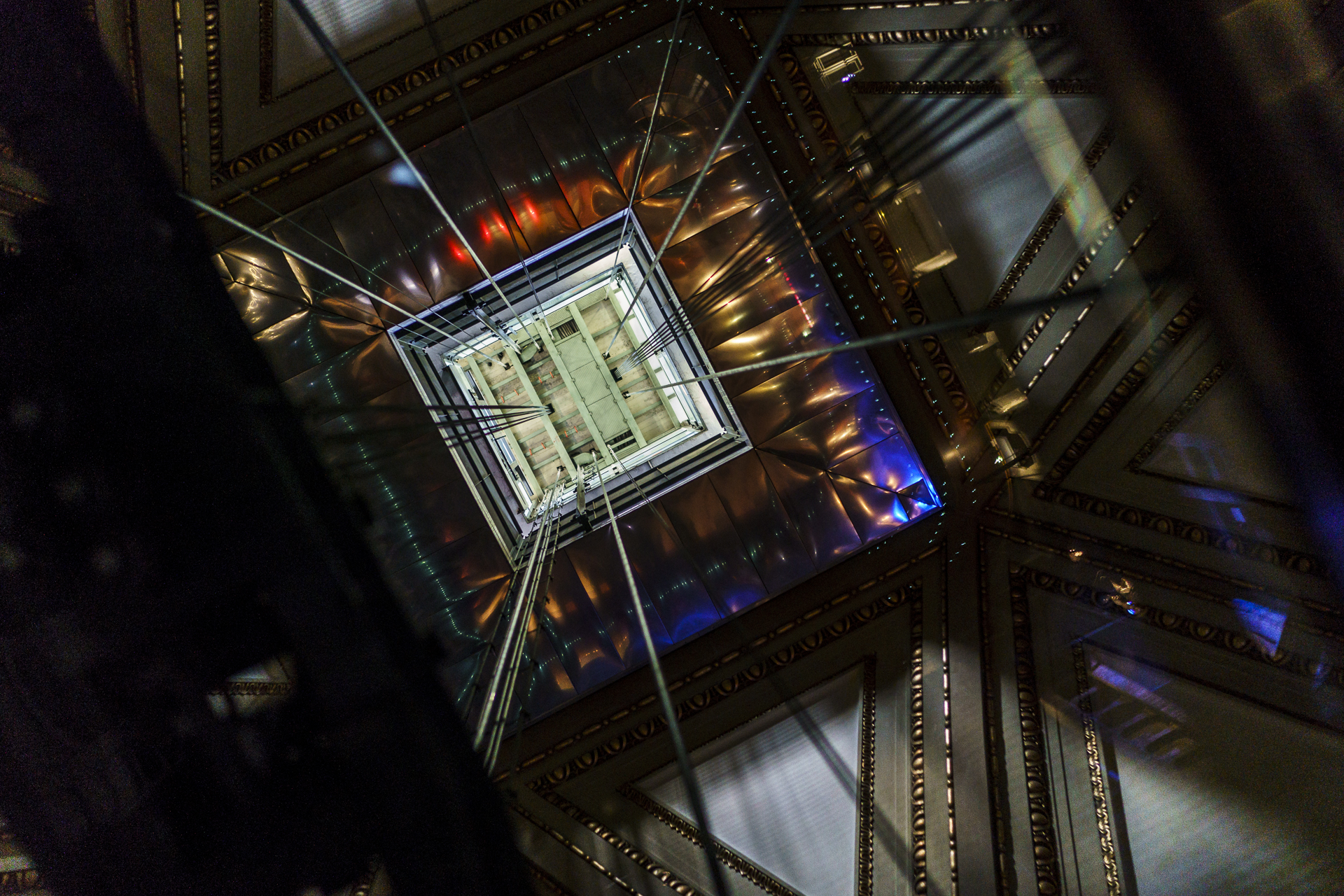
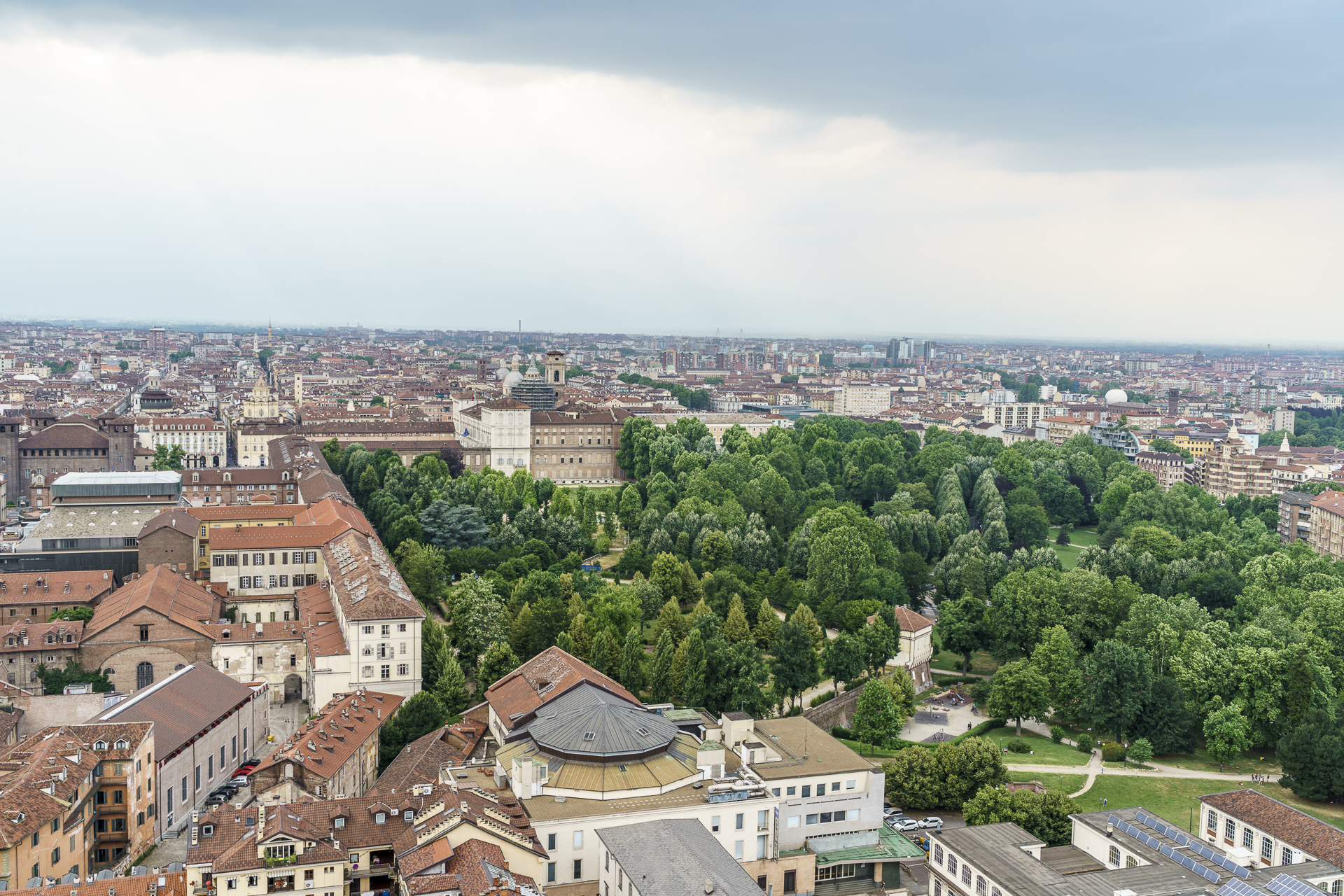
#2 Architekturhighlights
Turin is an elegant city – even though industry helped shape the cityscape of the 20th century like in hardly any other Italian city. Our walk starts at Porta Palantina. The city gate not far from Corso Regina Margherita is the most important surviving witness of Roman Turin. Behind it are the narrow streets of the historic “Quadrilatero Romano” district. To the east and south of the Quadrilatero Romano borders the aristocratic centre of Turin with wonderfully spacious squares, noble palaces and spacious arcades. Some of these gems (such as the Subalpina Galleria) are slightly hidden in courtyards or building passageways.
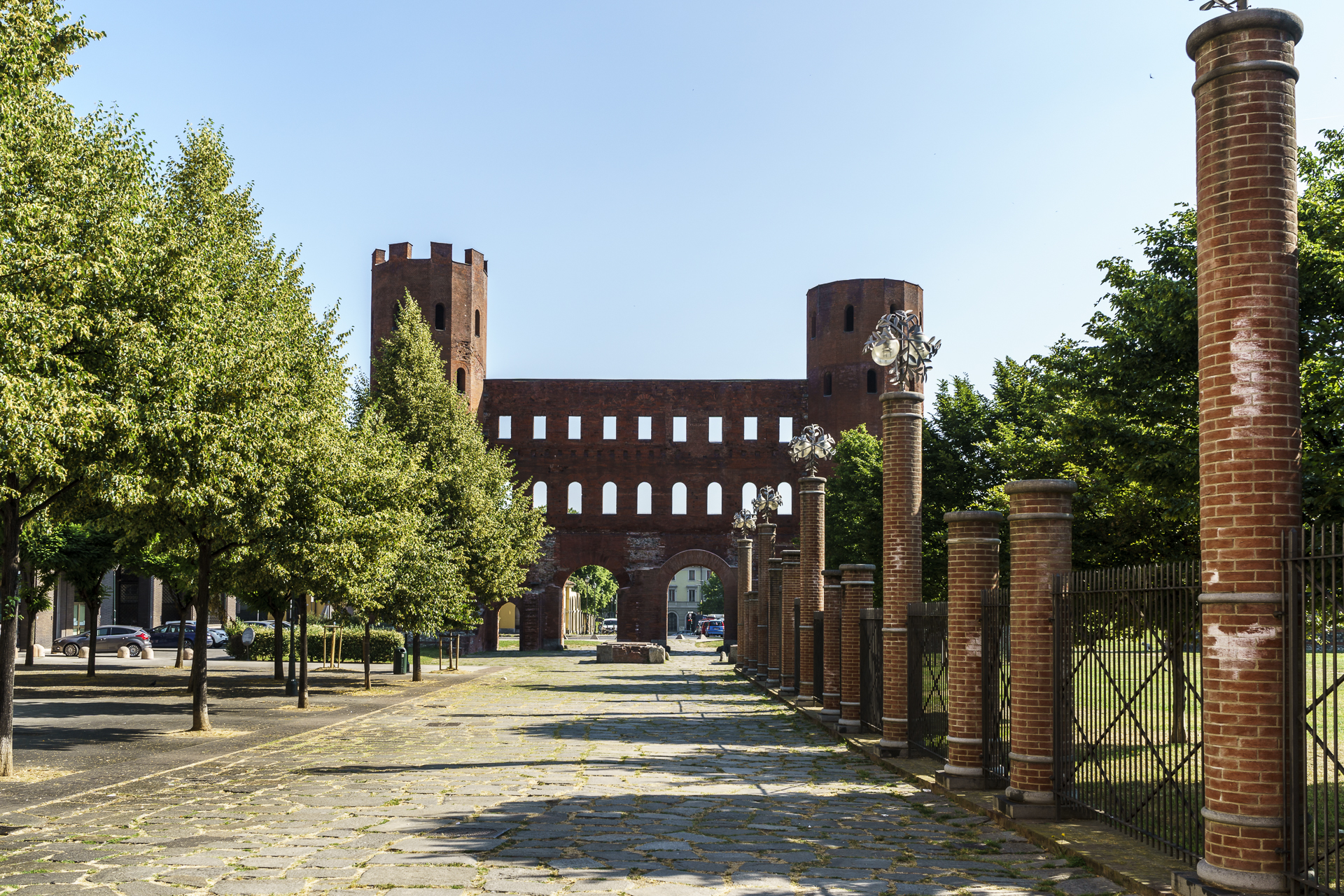
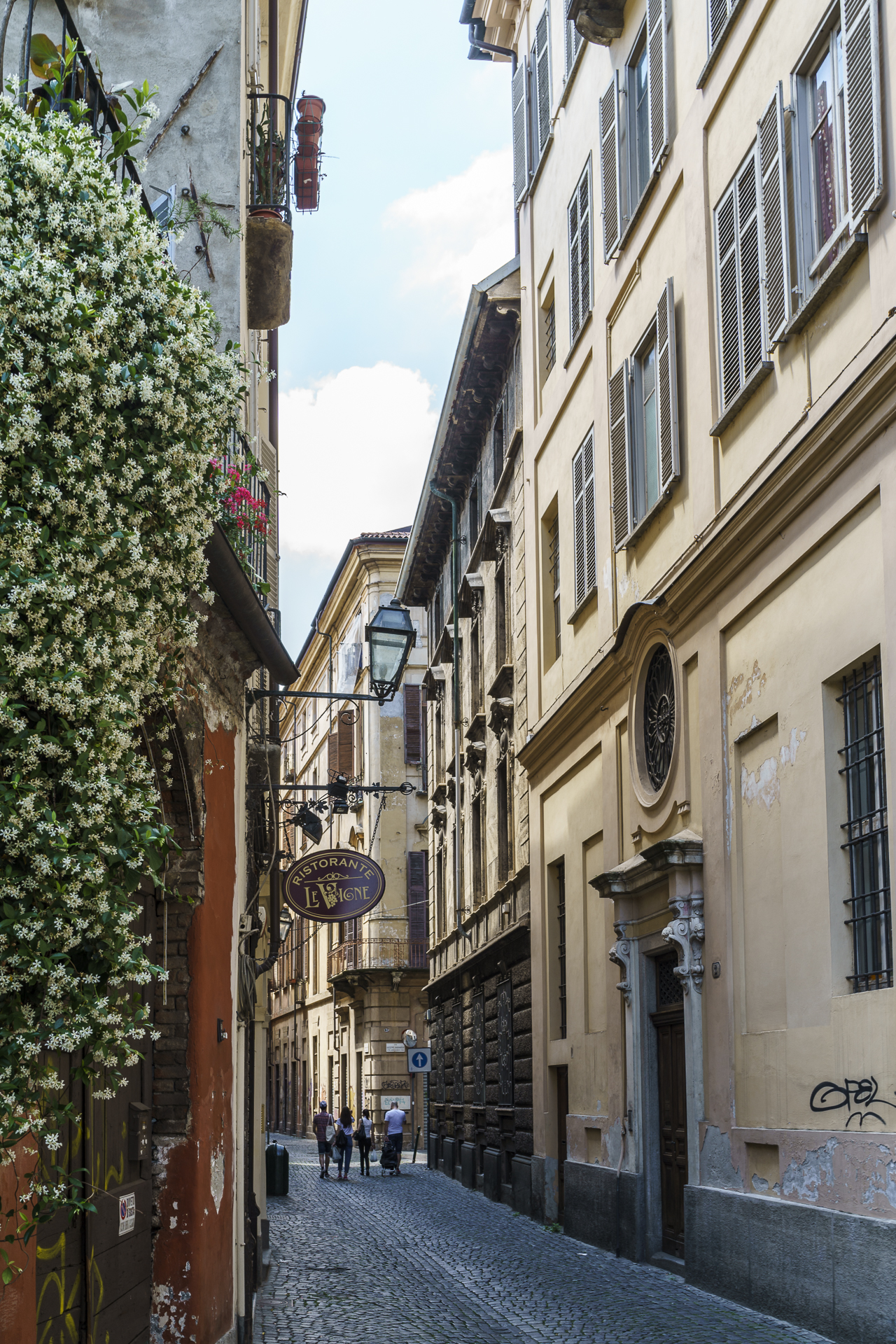
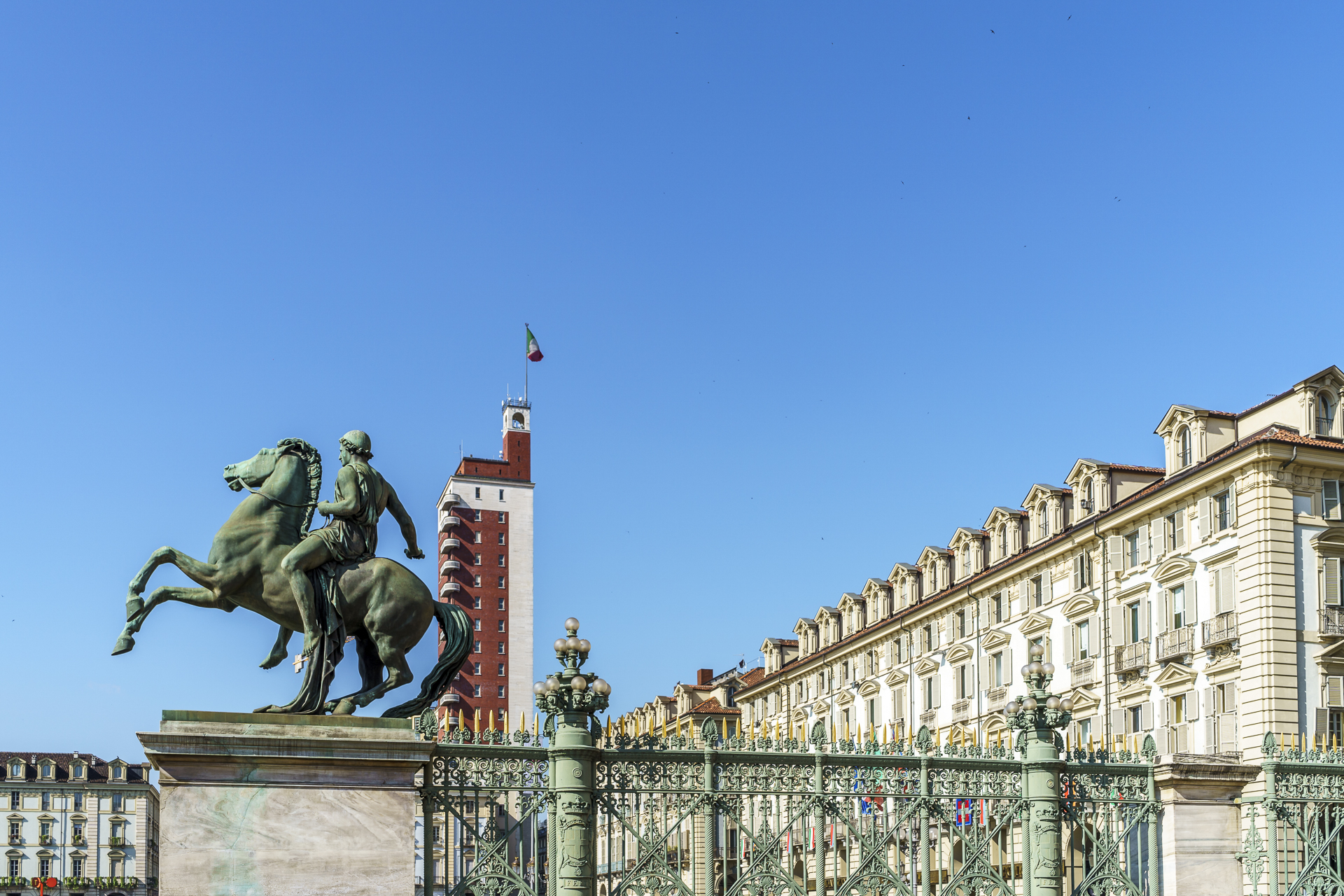
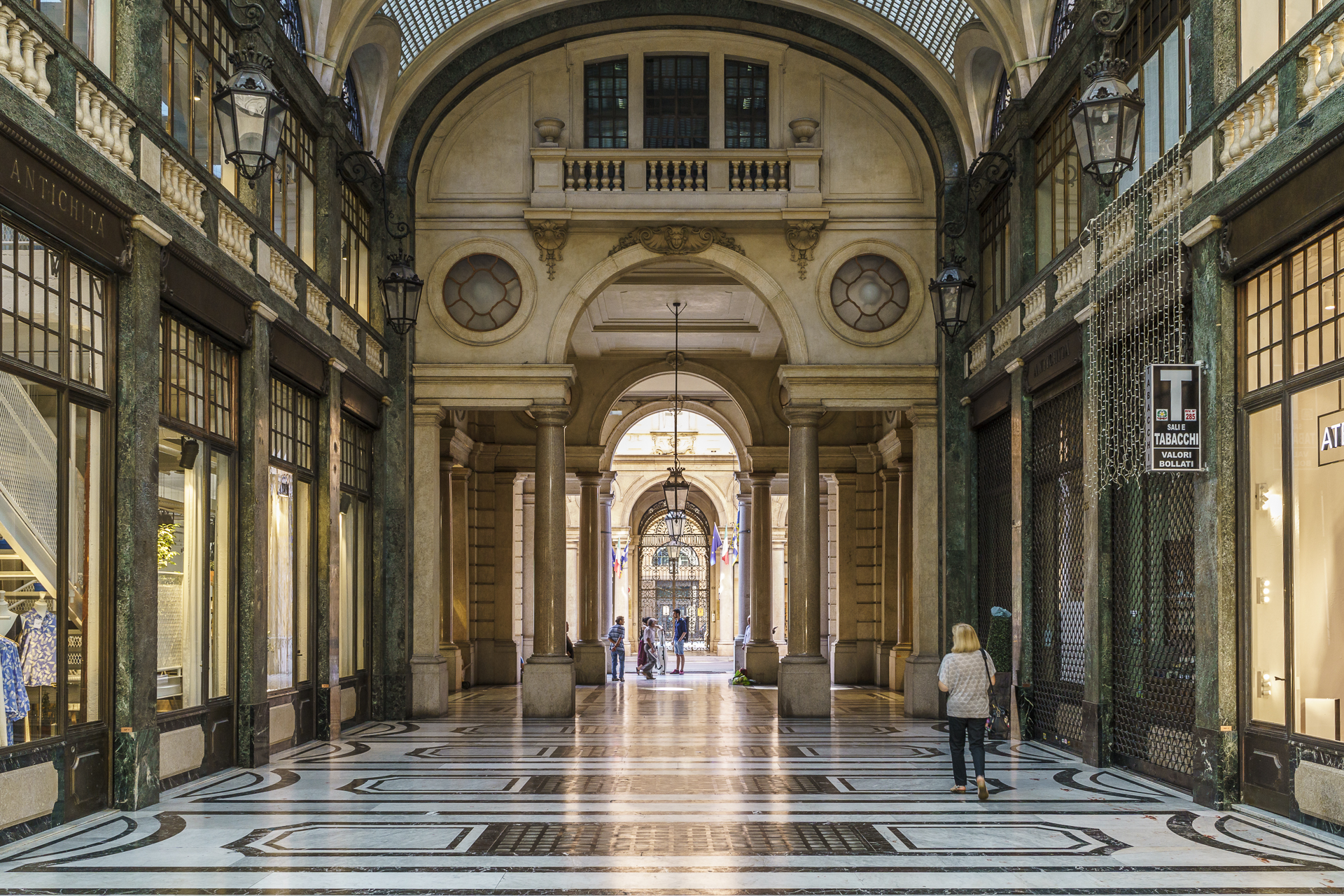
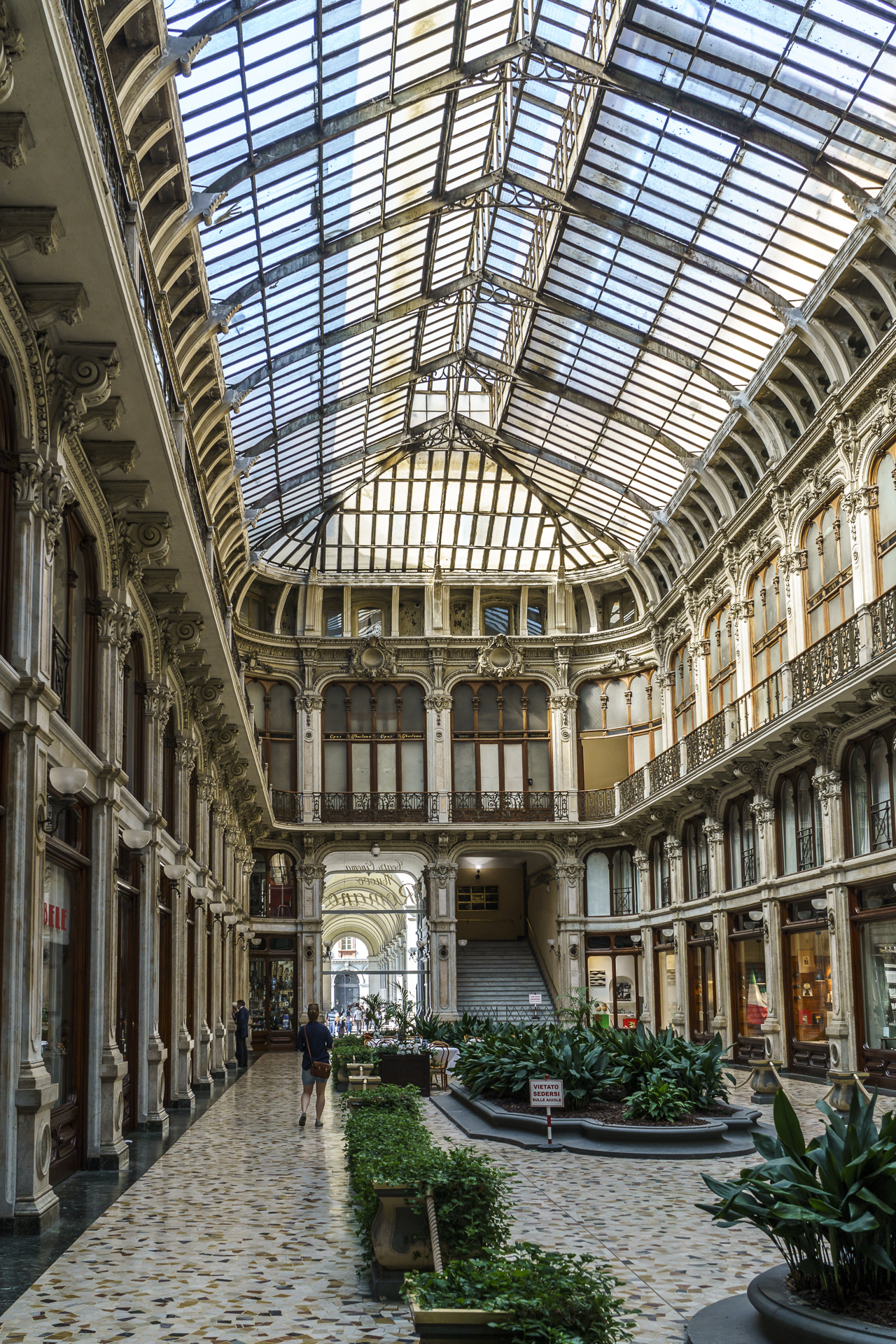
Both in the centre and on the outskirts, there are some highlights of industrial architecture as well as successful examples of the conversion of brownfield sites. For example, diagonally opposite the Mole Antonelliana, the special façade of the Radio and Television Museum stands out, and for Fiat fans, a detour to the Lingotto Fiere with the former Fiat test track on the roof of the building is a must.
We took a closer look at the Dora district and took the tram out to Parco Dora. On the one hand, Mario Botta’s excellent church building Santo Volto can be admired. On the other hand, directly opposite the church, an extensive park (Parco Dora) was built around a former Fiat rolling mill. The conversion of Turin’s largest inner-city industrial wasteland has won several awards and is, in my opinion, a great example of a park that meets a wide range of needs.
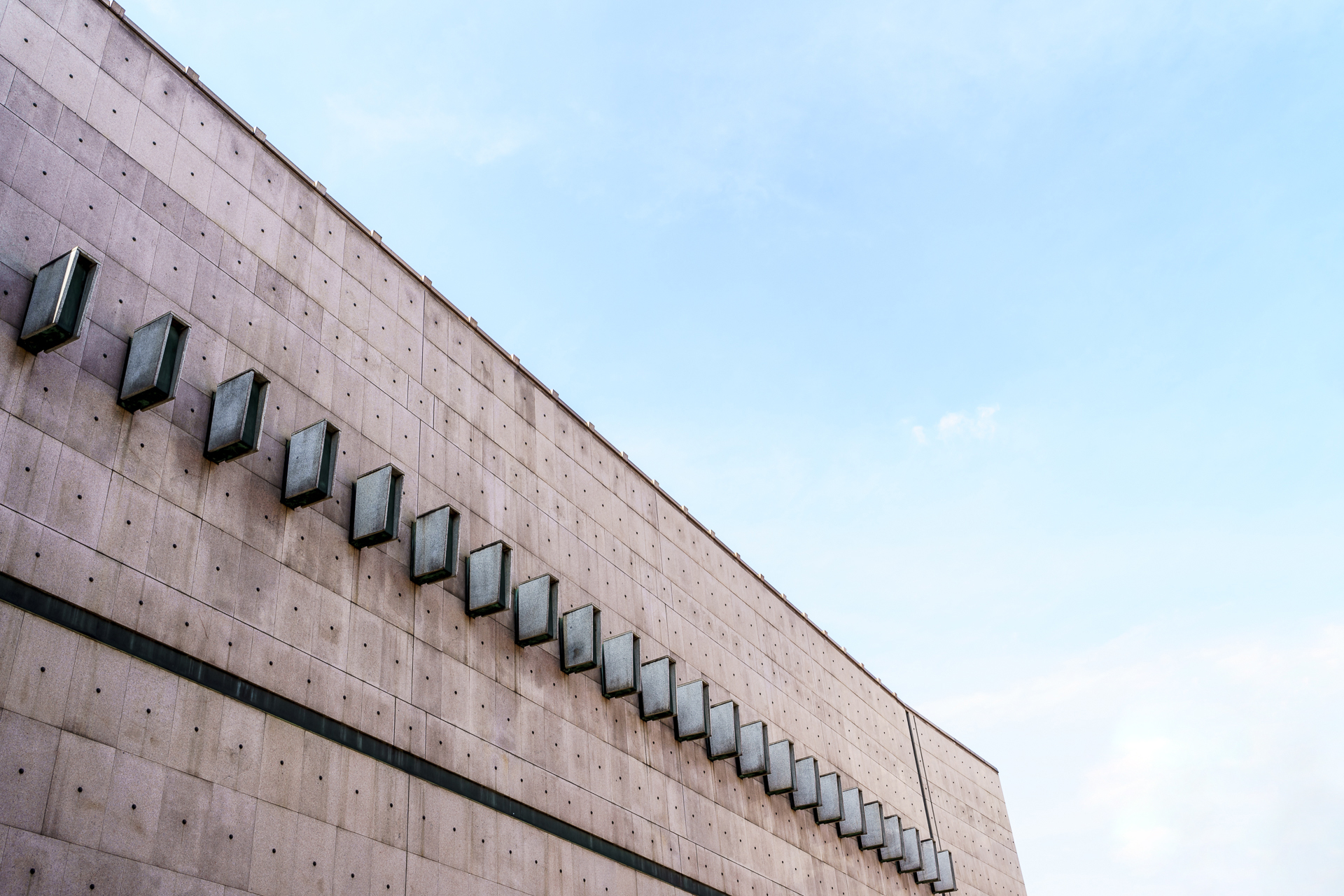
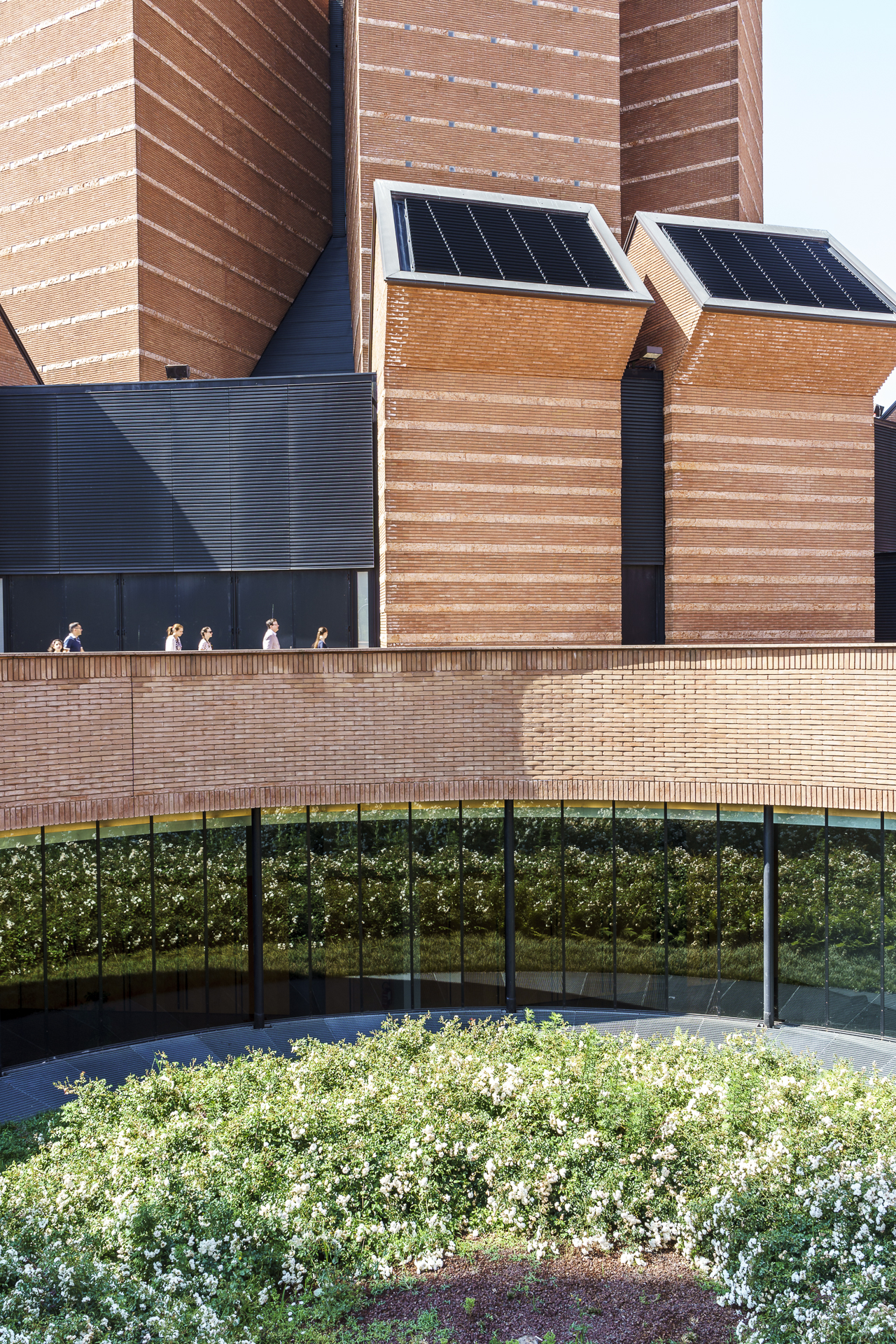
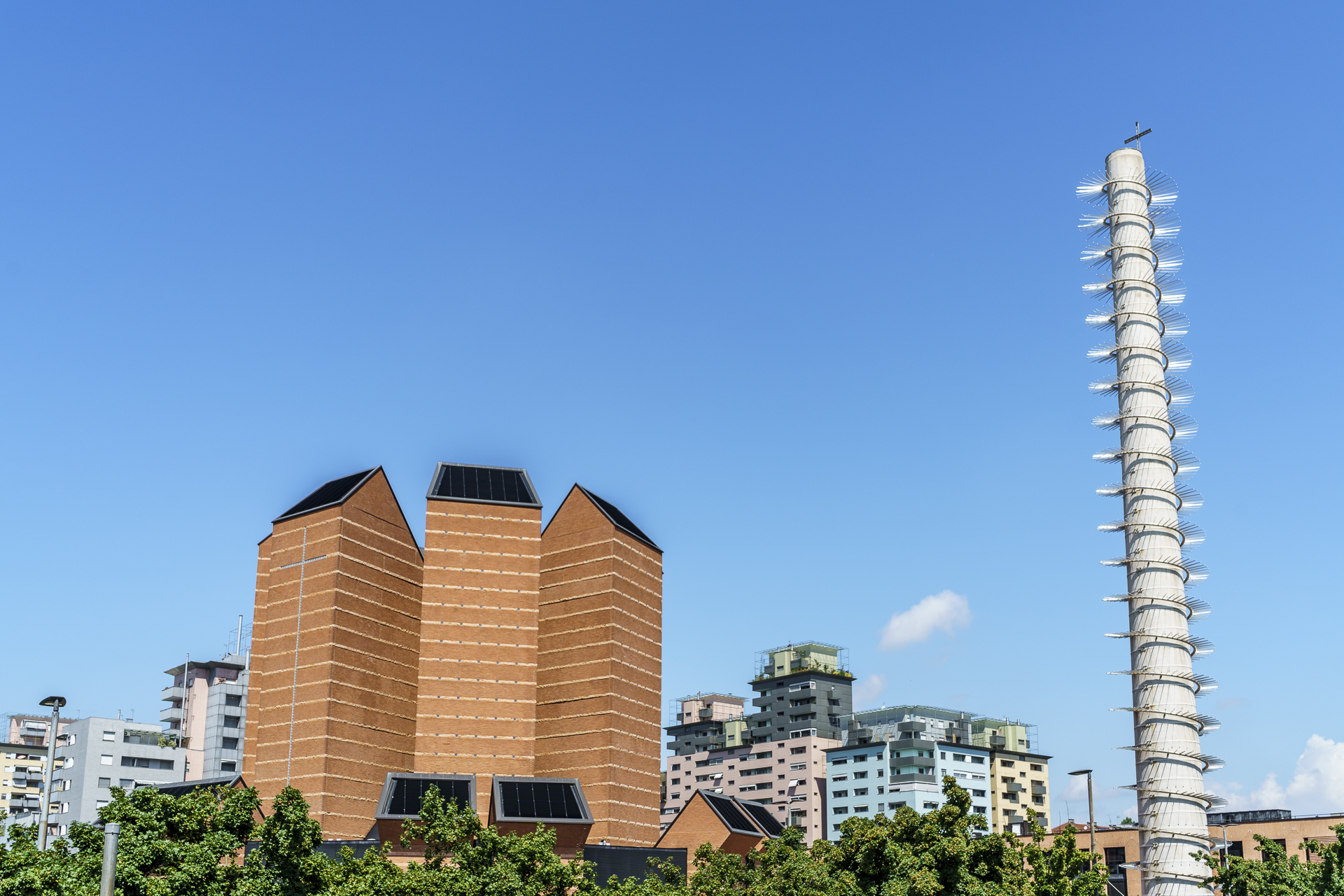
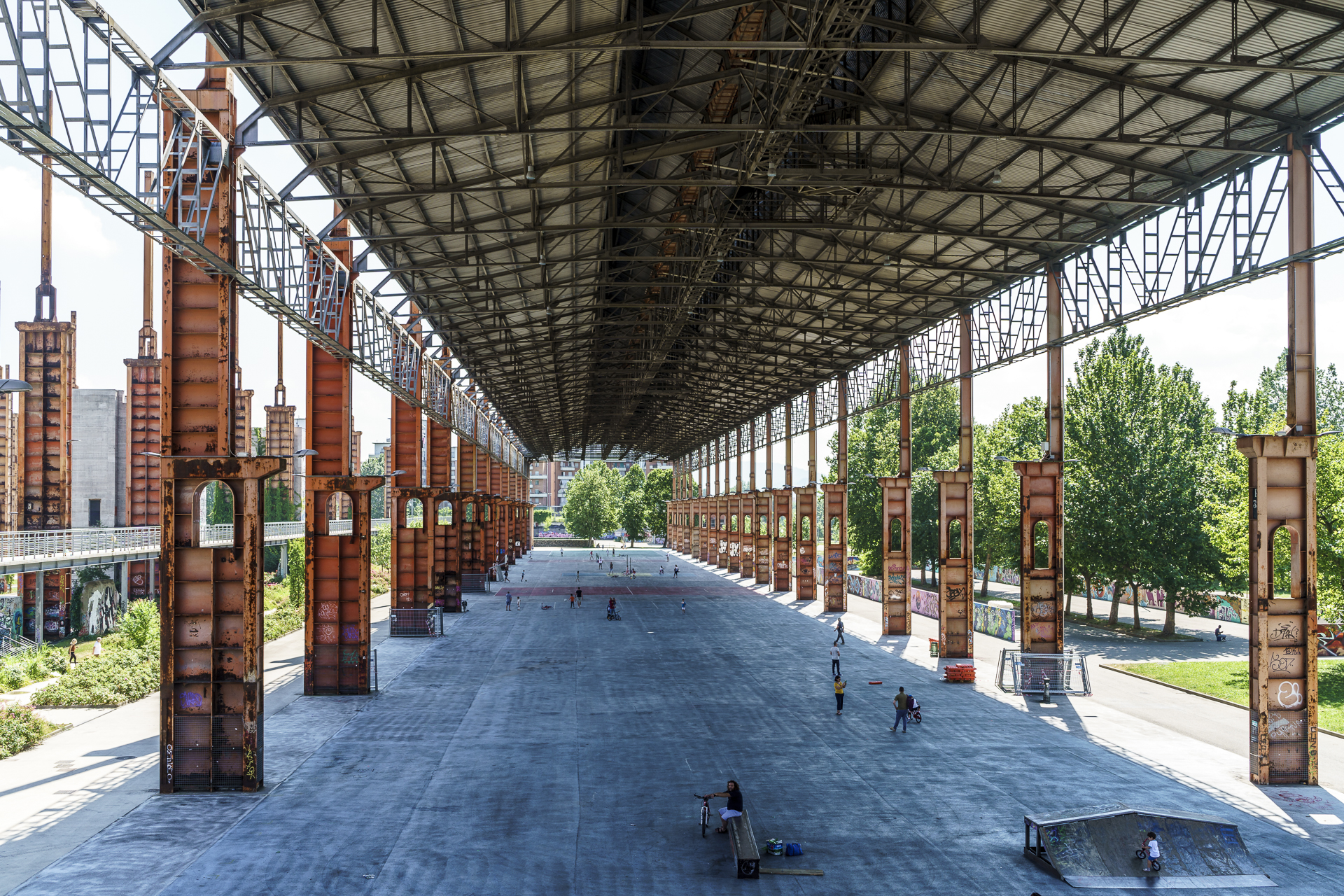
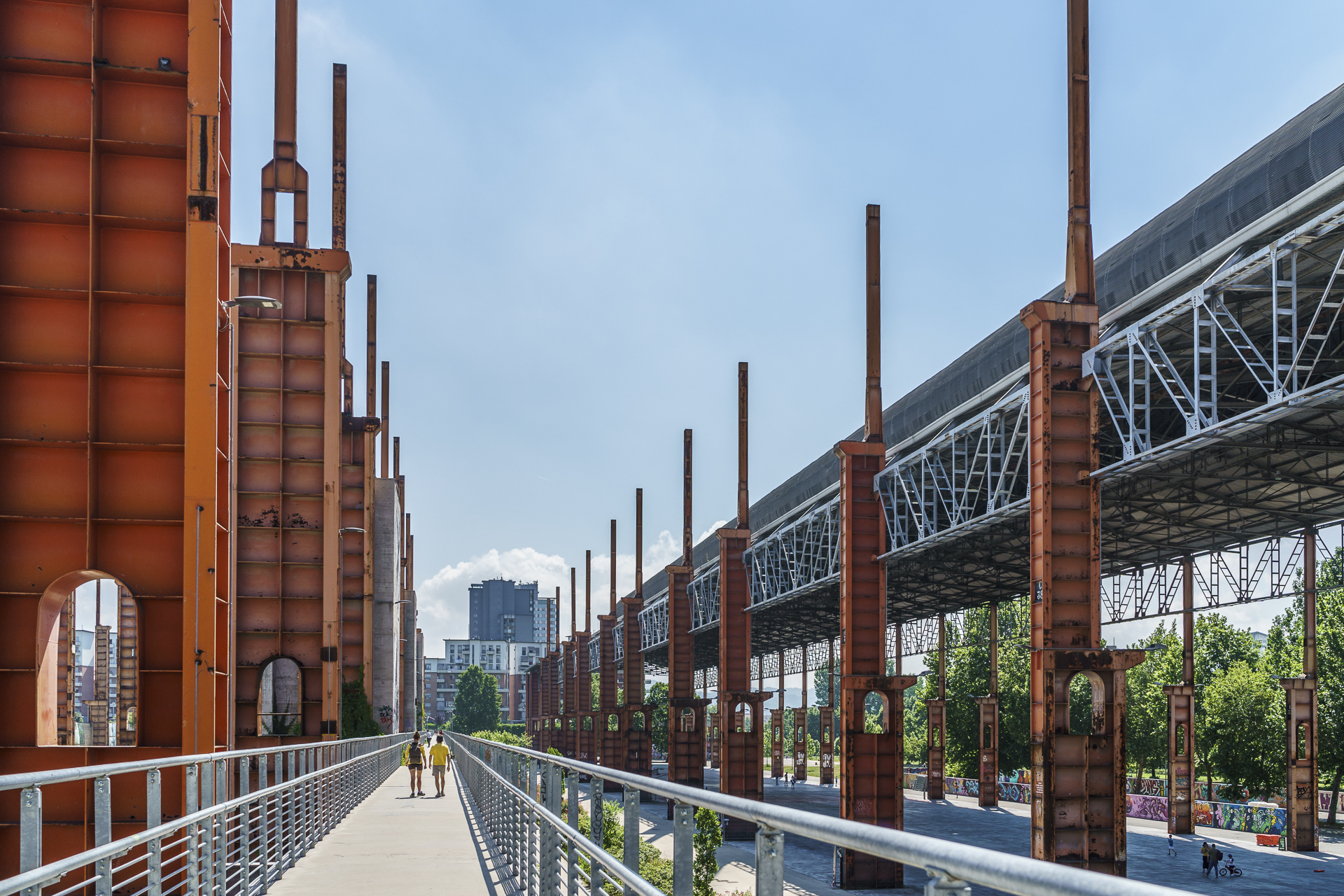
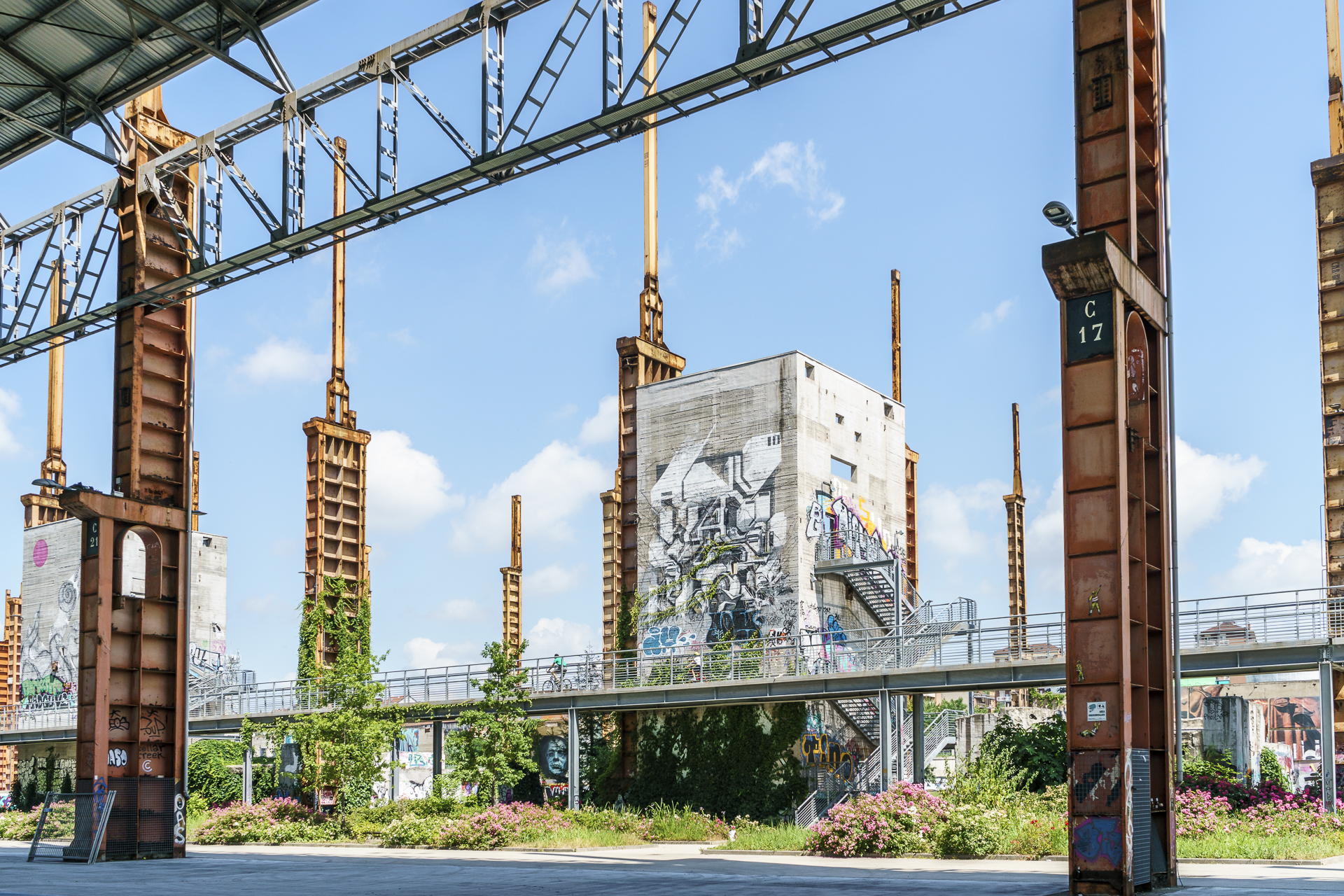
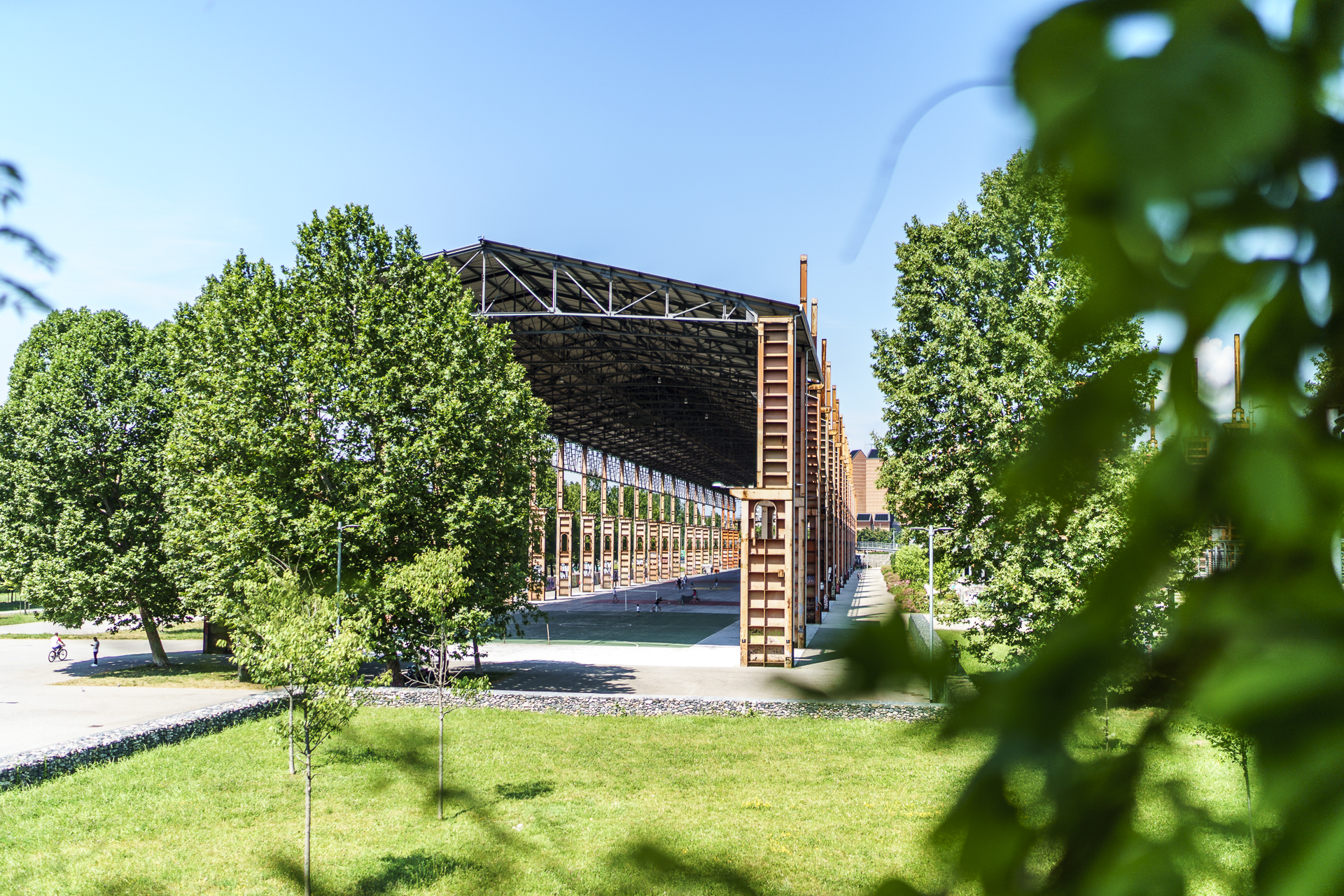
Also worth seeing is the tree house “25 Verde” by architect Luciano Pia. The building is located in the San Salvario district, not far from the Parco del Valentino.
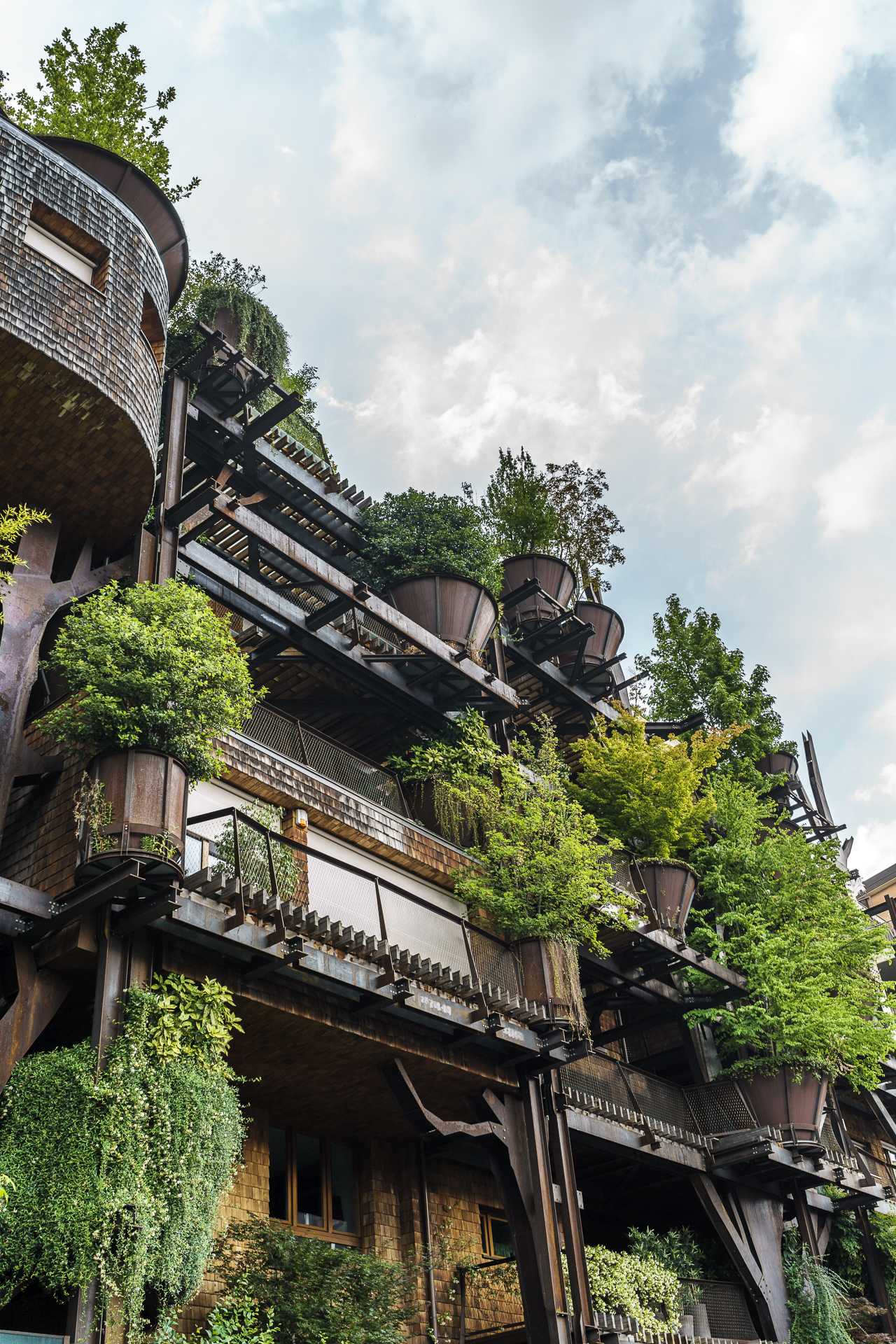
#3 Cozy cookies
Turin is a surprisingly sprawling city, but also one with many large parks and beautifully situated recreational areas. One of the most popular parks near the city centre is the Parco del Valentino, located on the banks of the Po River. The best thing to do is to get a fine gelato at the park entrance and then sit down on one of the numerous secluded benches and watch the hustle and bustle all around.
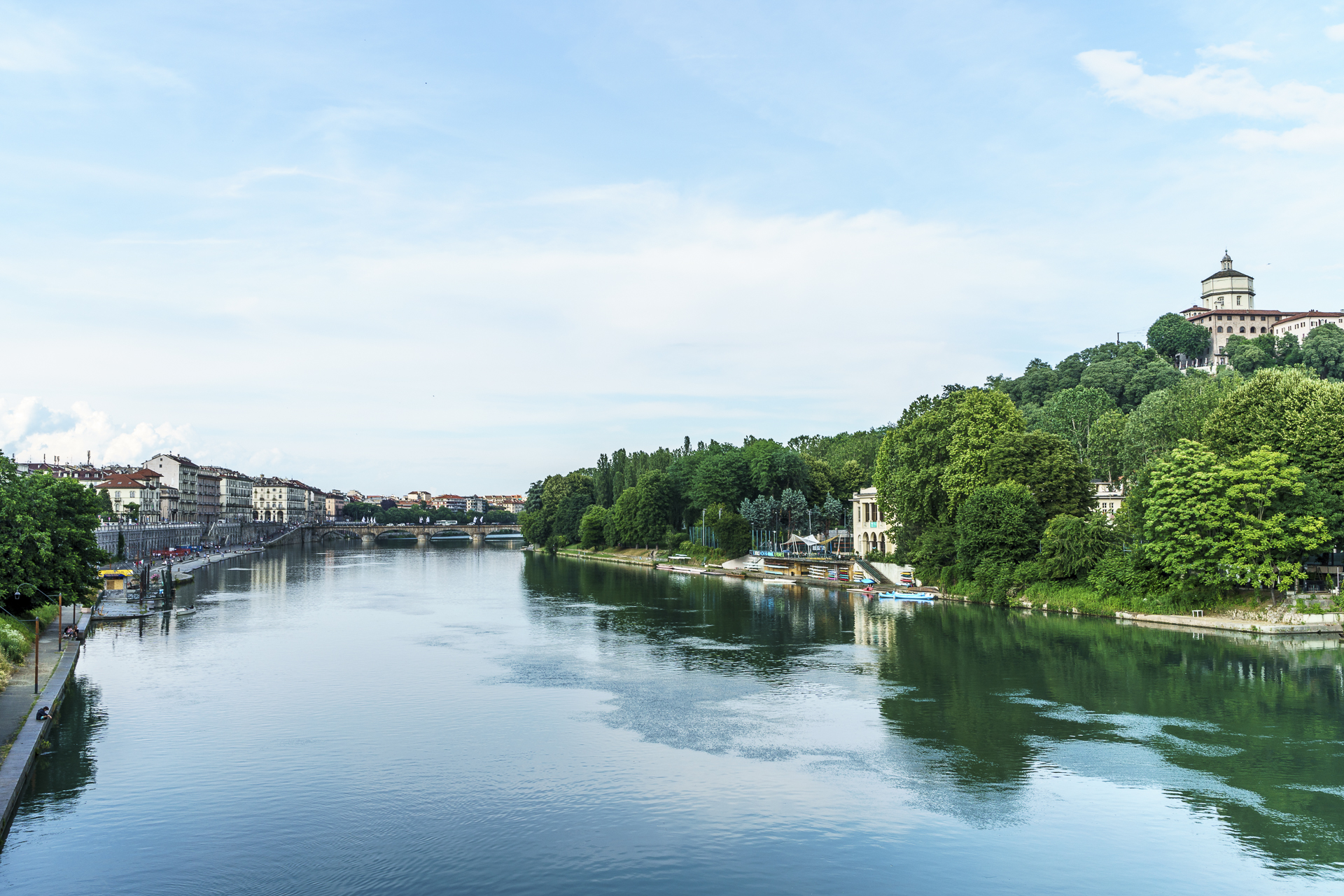
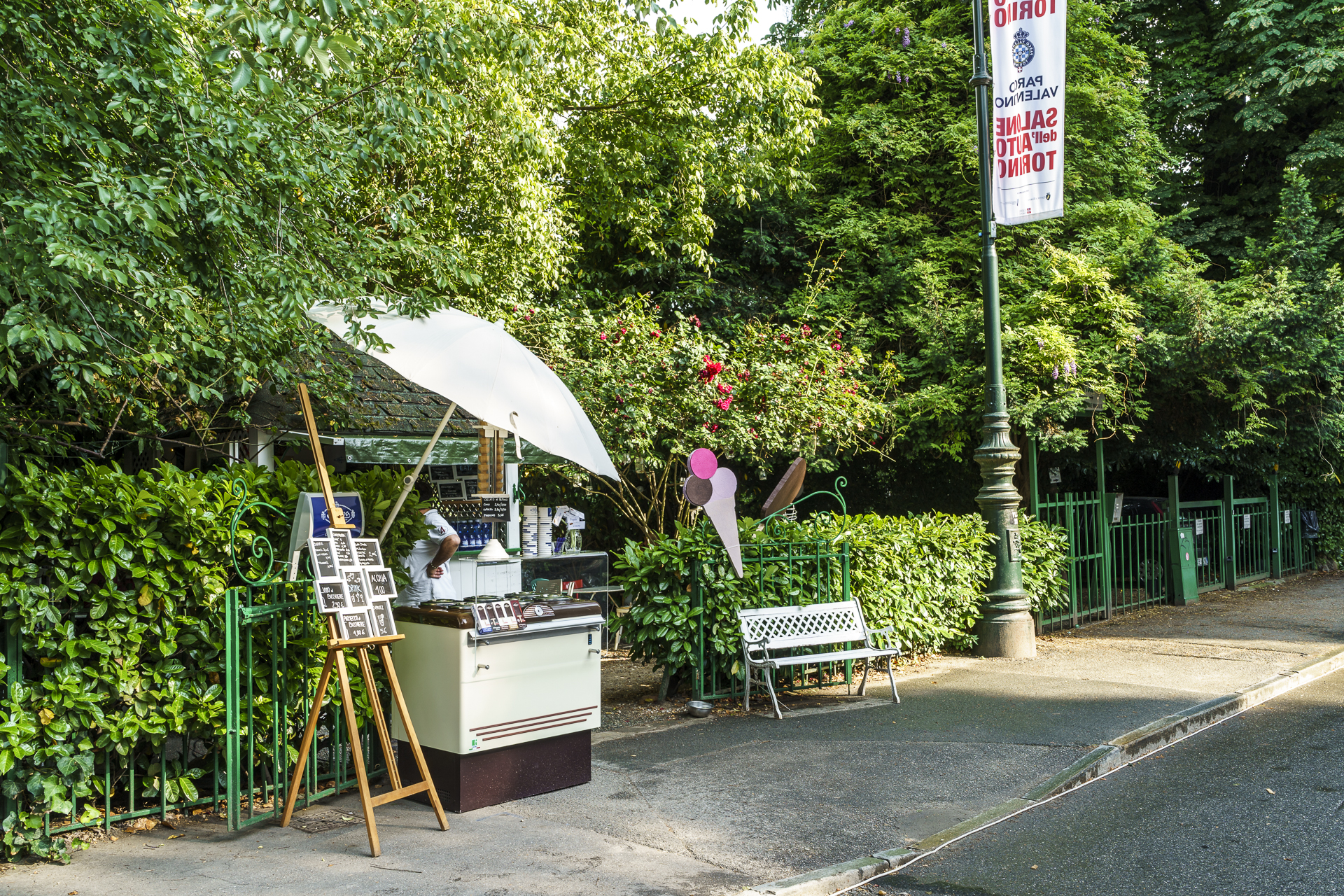

#4 Turin for Foodies – The Best Restaurants
As we all know, culinary delights are part of a city trip for us. Accordingly, I picked out a few restaurants in advance and made reservations. We noticed that a surprising number of restaurants are closed on Sunday evenings.
Café al Bicerin is definitely not an insider tip, but can be found in many guides. Nevertheless, a nice coffee stop while strolling through the Quadrilatero Romano.

At noon we stopped at the restaurant of the cultural venue “il Circolo dei Lettori“. In addition to the implementation of many cultural events, fine cooking is also done here. The seven-course “Piedmont Tasting Menu” costs 39 euros and gives a nice insight into the local cuisine.
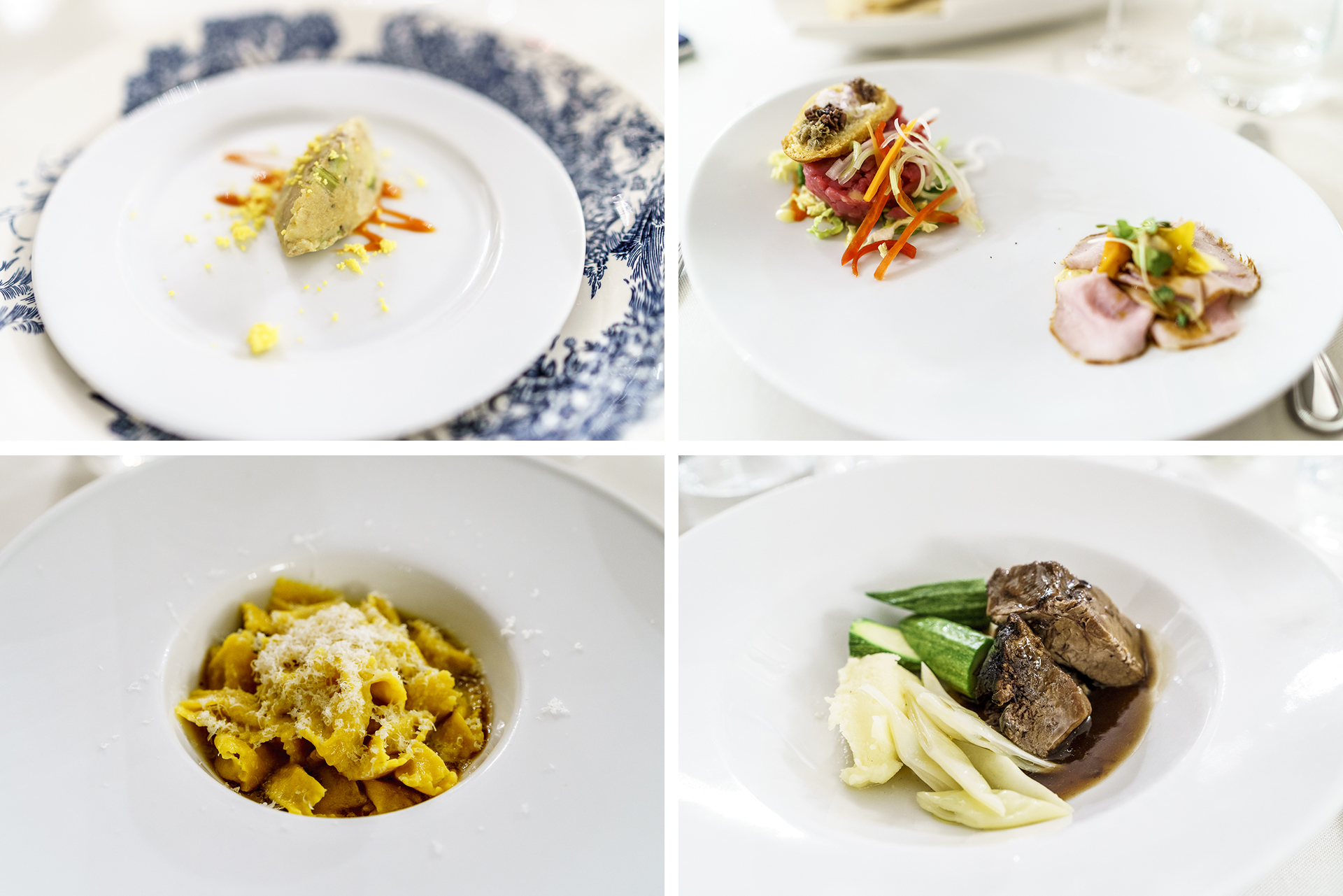
For the other two lunches (on Saturday and Sunday) I have reserved a table each in the Michelin-starred restaurants del Cambio (a Turin institution) and Magrorabin. The del Cambio is beautifully located and serves the specialties of Piedmont in a classic way. We tasted our way through the menu “la Traduzione” (105 euros), which inspired me from A to Z.
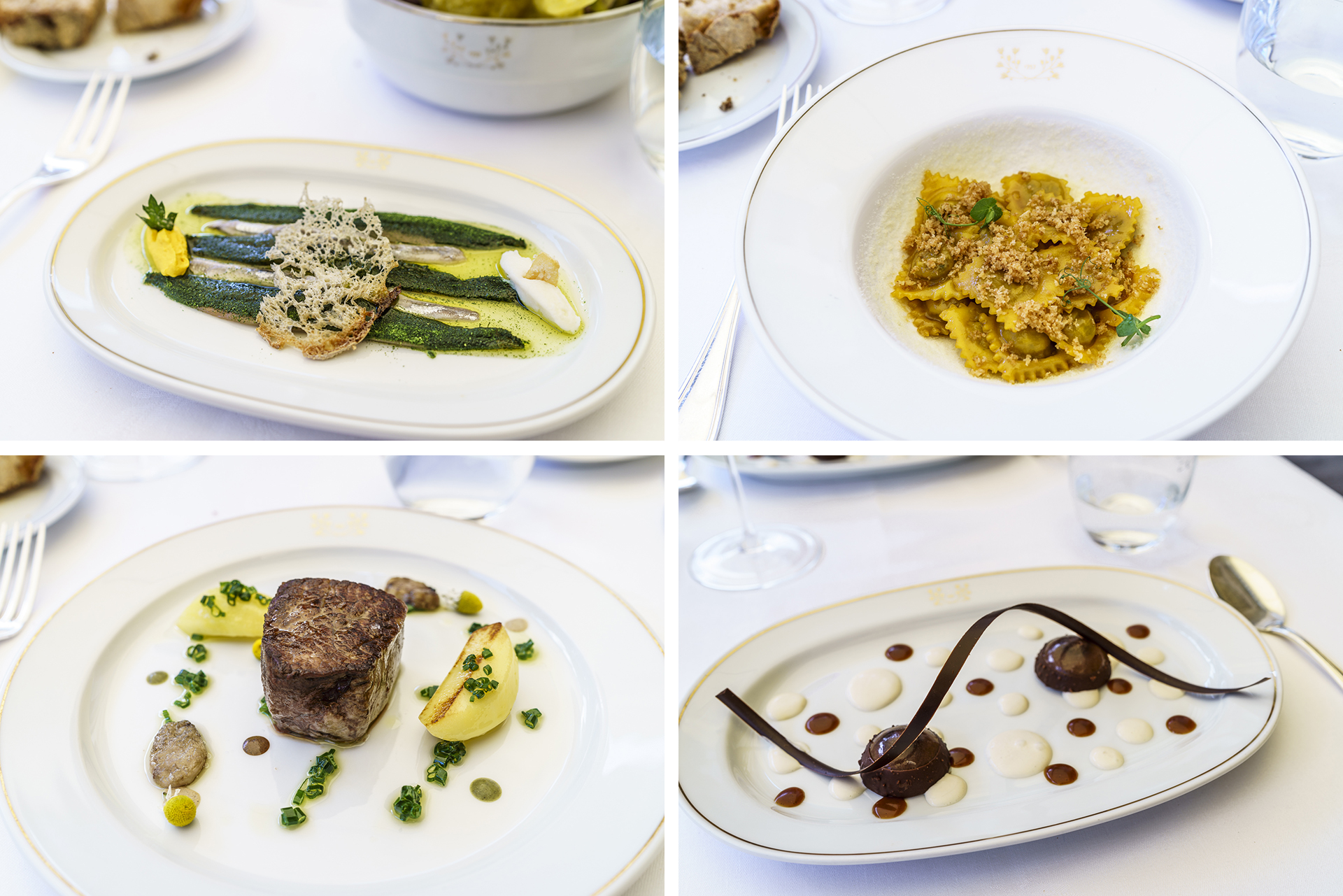
This is in stark contrast to the Magrorabin, where the “aria” menu (100 euros) challenged me with some courses. I eat a lot of things, but I don’t find the idea that there are raw scampi in my plate so tingling. I bravely tried my way through every course and have to give this restaurant a wreath for its innovative spirit. The Magrorabin creates new, unexpected combinations from local specialties. If you like excitement on your plate, you’ve come to the right place.

After such extensive lunchtime feasting, we slowed down in the evening. Following a tip from a colleague of a friend’s, we ended up one evening in the nightlife district of San Salvario at “il barotto”. A young kitchen crew conjures up fine platters and appetizers with specialties from the Aosta Valley. Perfect for the small appetite.
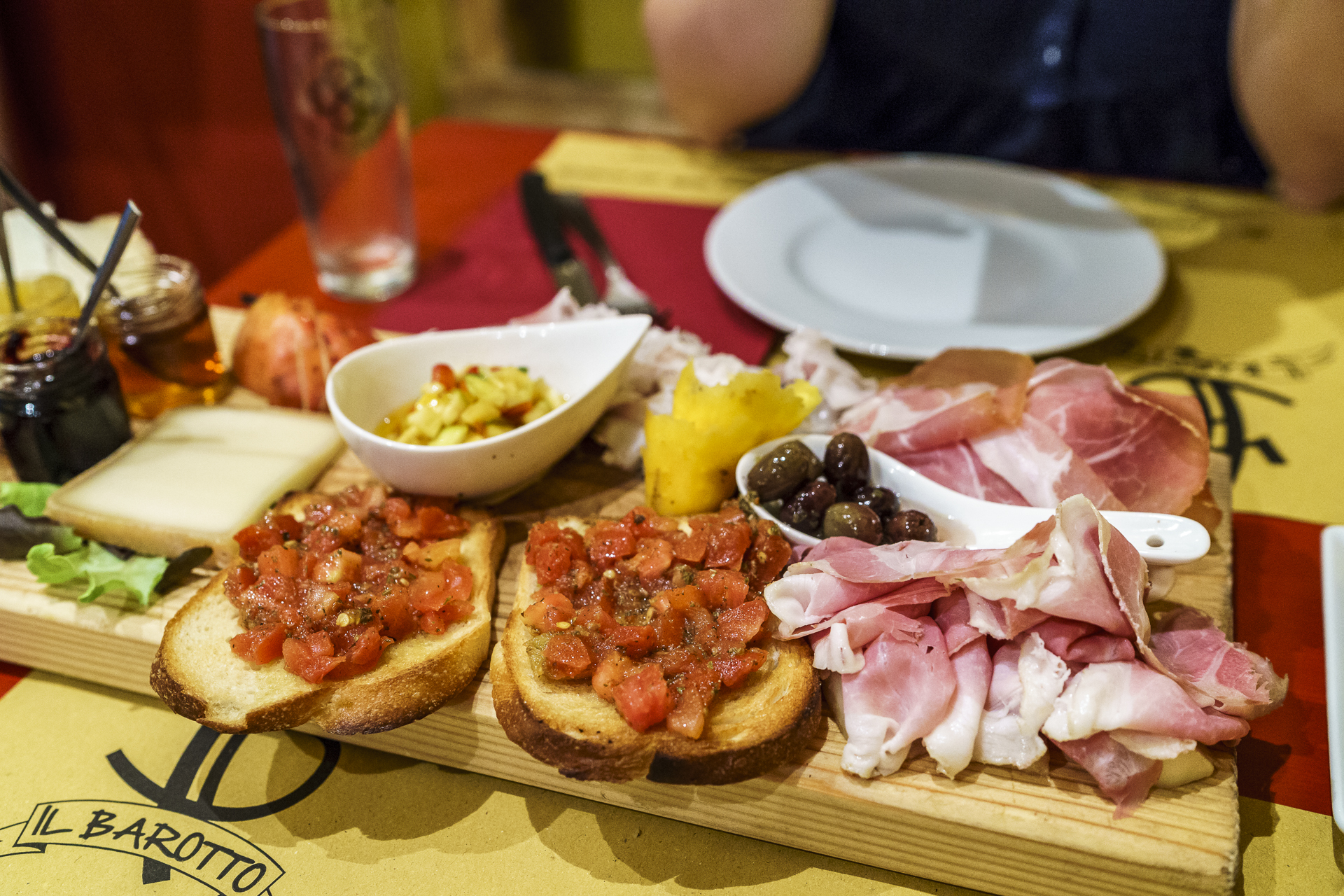
Fine, seasonal dishes are served at Ristorante Consorzio. Ideal for anyone with a penchant for fresh, local produce.
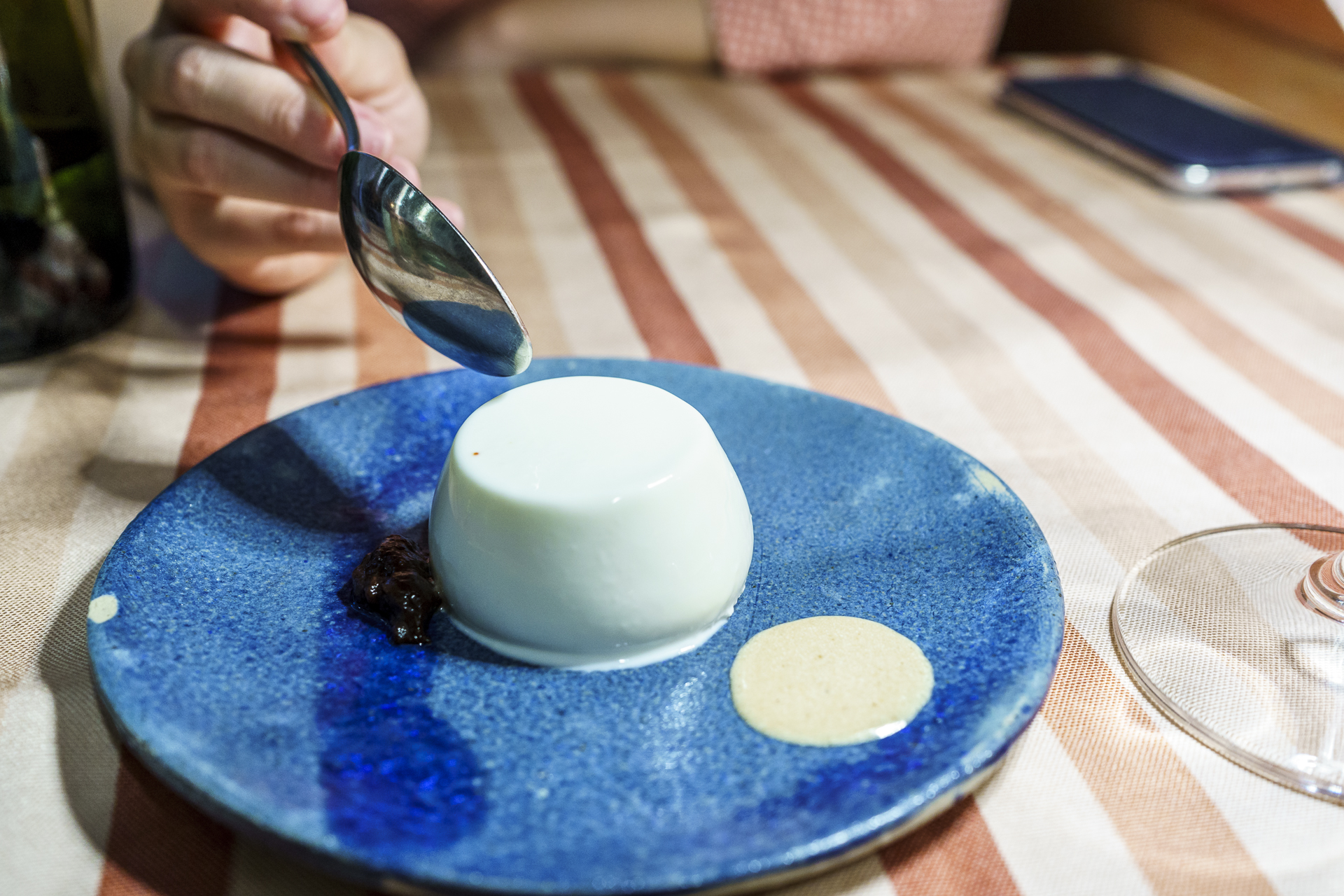
#5 What to do in rainy weather? Museums and more.
Turin has some exciting museums. My favourite would have been the Musei Reali Torino – the rooms in the royal palace must be insanely imposing. Unfortunately, our rainy day fell on a Monday, when most of the museums are closed. One of the few museums open on Monday mornings is the Egyptian Museum (Museo Egizio). Founded in 1824, the Egyptian Museum Turin is the oldest Egyptian museum in Europe and the second most important in the world after the one in Cairo. An absolute must for all Egypt fans and a welcome dry place for the rest. The entrance fee of 15 euros includes an audio guide, which takes you through the rooms in a more detailed or a shortened version, depending on your wishes.
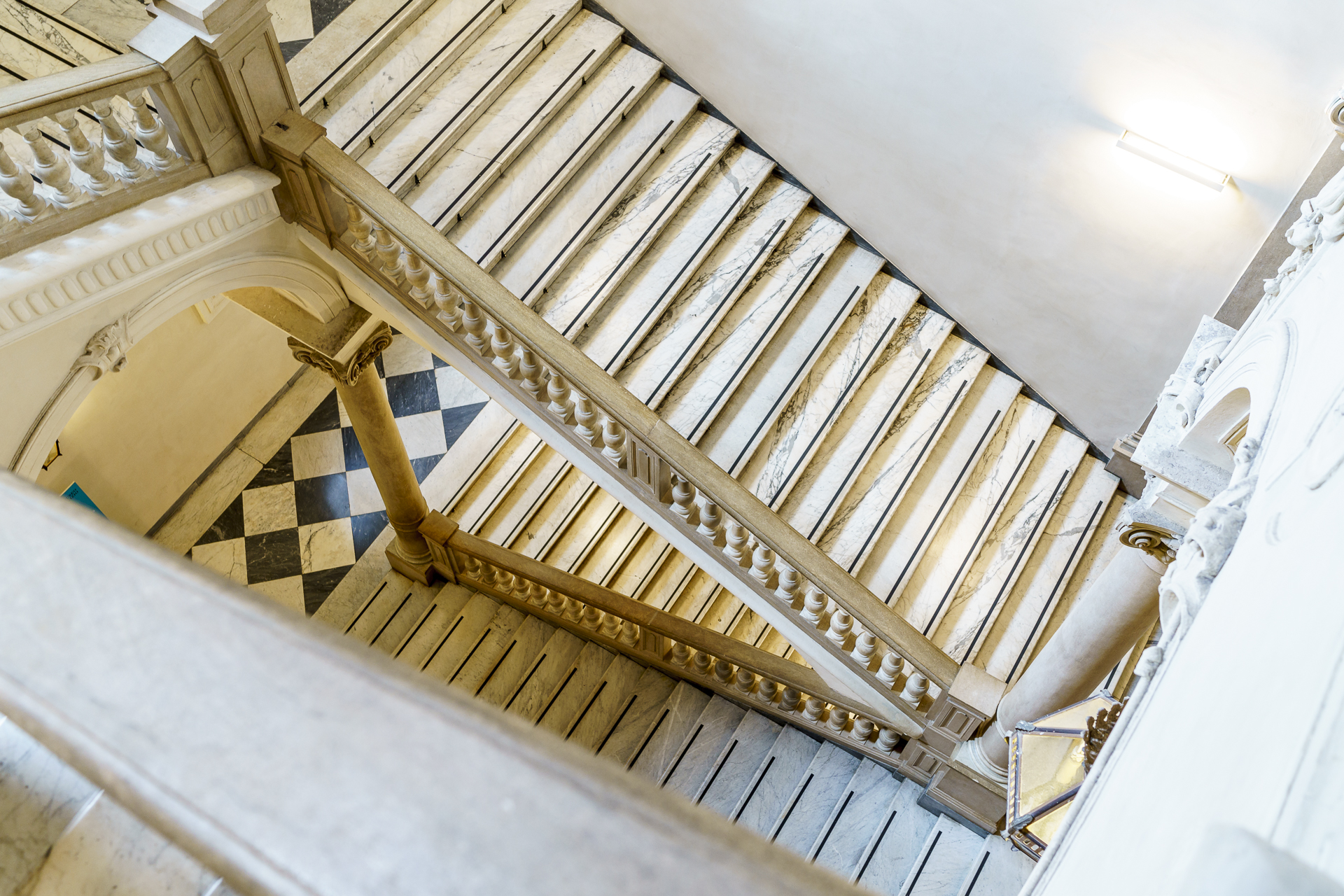
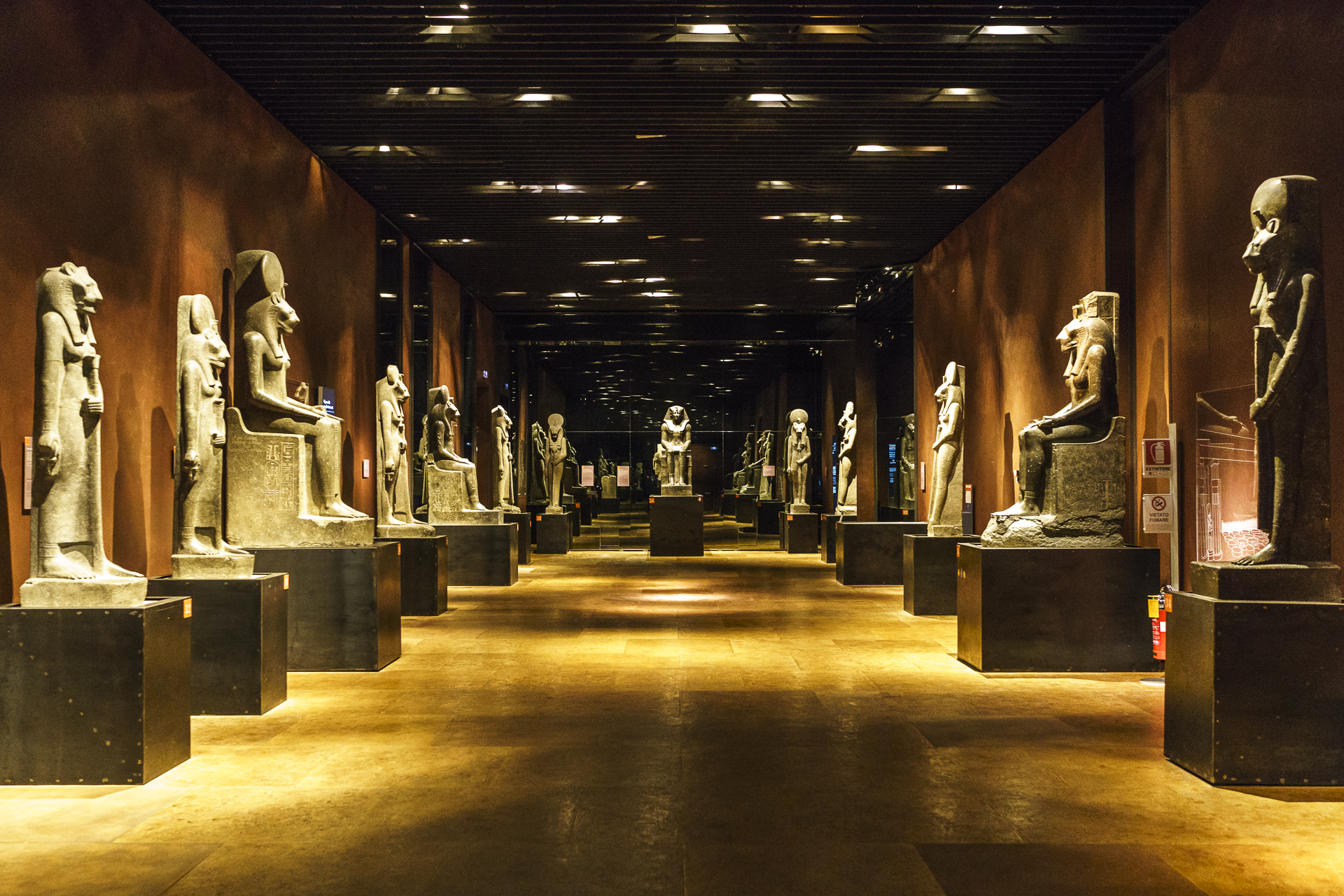
Extra tip: beautifully bedded
We stayed with Marta and Riccardo in the Bed and Breakfast Palazzo Chiablese (partner link) in the very best location. The two hosts are incredibly warm and helpful. We were accommodated in the room Biancamaria (from 120 euros per night with breakfast) and are unanimously convinced: the perfect base to wander through Turin’s alleys after a fine breakfast with all kinds of homemade delicacies.
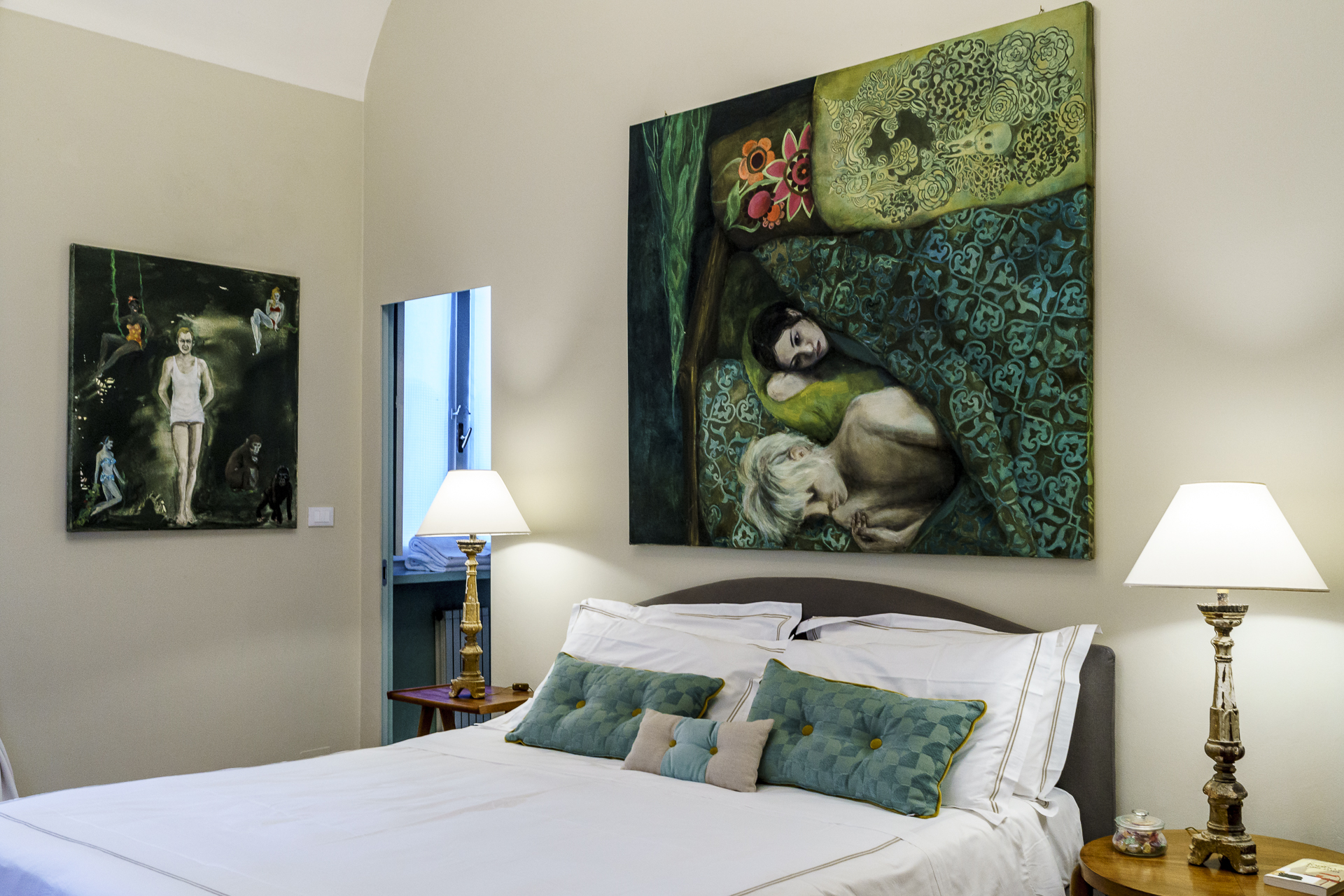
The most important questions about your city trip to Turin:
Turin (called “Torino” in Italian) is located in northern Italy at the foot of the Alps – Turin is the capital of the Piedmont region.
With around 880,000 inhabitants, Turin is currently the fourth largest city in Italy after Rome, Milan and Naples.
From Switzerland, the best way to reach Turin is by train via Milan. Thanks to the high-speed rail line Milan – Turin, the train journey on this route takes only about an hour. The journey time from Zurich to Turin (Torino Porta Nuova station) is five hours with a single change in Milano Centrale.
Due to the abundance of sights and great restaurants, I recommend planning at least two full days on site for Turin.
Spring (April – June) and autumn (September – October) are best for a city trip to Turin. If you want to share the city with as few other tourists as possible, you can plan the trip for a weekend in March or November.



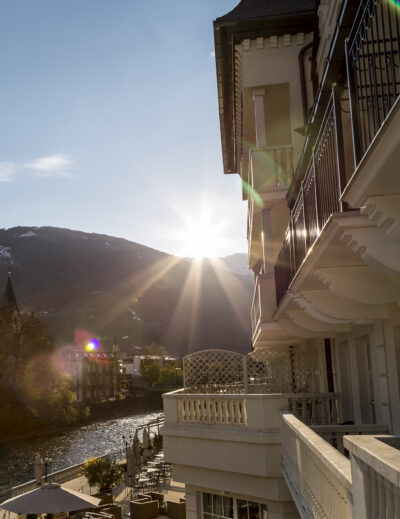

Leave a Reply